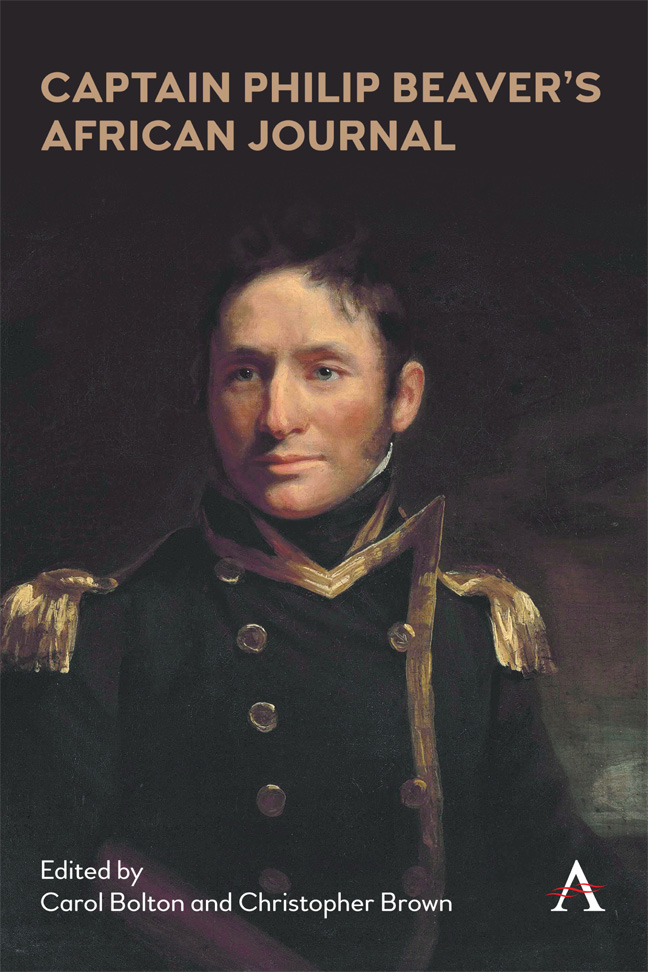VIII - Geographical outline of that part of the African Coast and Continent which is comprised between the Rivers Gambia and Grande; with a brief notice of its southern Inhabitants, its Soil, and principal Animal and Vegetable Productions.
Published online by Cambridge University Press: 29 February 2024
Summary
THAT part of the western coast of Africa, lying between the rivers Grande and Gambia, and comprized within the 11th and 13th degrees and 20th minute of north latitude, is not formed by the main land or continent, but by a long chain of low, and fertile, islands, separated from each other, and from the continent, by narrow, navigable, branches of the sea.
On the northernmost of these islands is the Cape of St. Mary, which forms the southern headland to the entrance of the river Gambia; hence the coast runs nearly south, along five islands, for about 24 leagues, to Cape Roxo, whence it takes nearly an E.S.E. direction along four other islands, for about 45 leagues, when we arrive at the island of Bulama, situated at the mouth of the river Grande. Thus between the mouths of these two rivers the sea coast is formed by ten islands in an extent of 69 leagues, or rather more than 200 geographical miles.
The continent between these two latitudes, is bounded on the north by the river Gambia, which is navigable by large vessels for near 80 leagues, and by small ones, to the falls of Barraconda, more than 300 miles from its mouth; the river Grande is its southern boundary, which is navigable by ships to Bulola 72 miles from its entrance; how much higher, by boats, is not exactly known the Gambia and high mountains are its eastern, and the islands before-mentioned its western, limit. Few countries of equal extent seem better adapted for commerce and for defence; three sides, and the largest part of the fourth, being embraced by the sea and two great rivers, and the remainder guarded by high mountains. Numerous rivers, rivulets, and creeks, dividing, intersecting, and watering its western part, and thus facilitating its communication and commerce, seem to point it out as a most eligible spot for European colonization.
- Type
- Chapter
- Information
- Captain Philip Beaver's African Journal , pp. 197 - 206Publisher: Anthem PressPrint publication year: 2023



